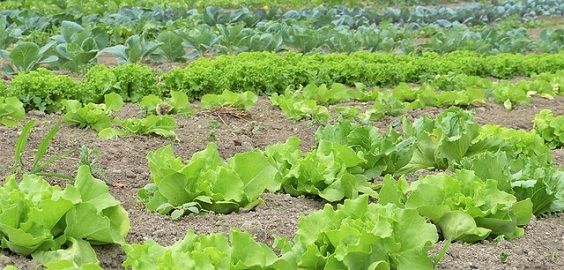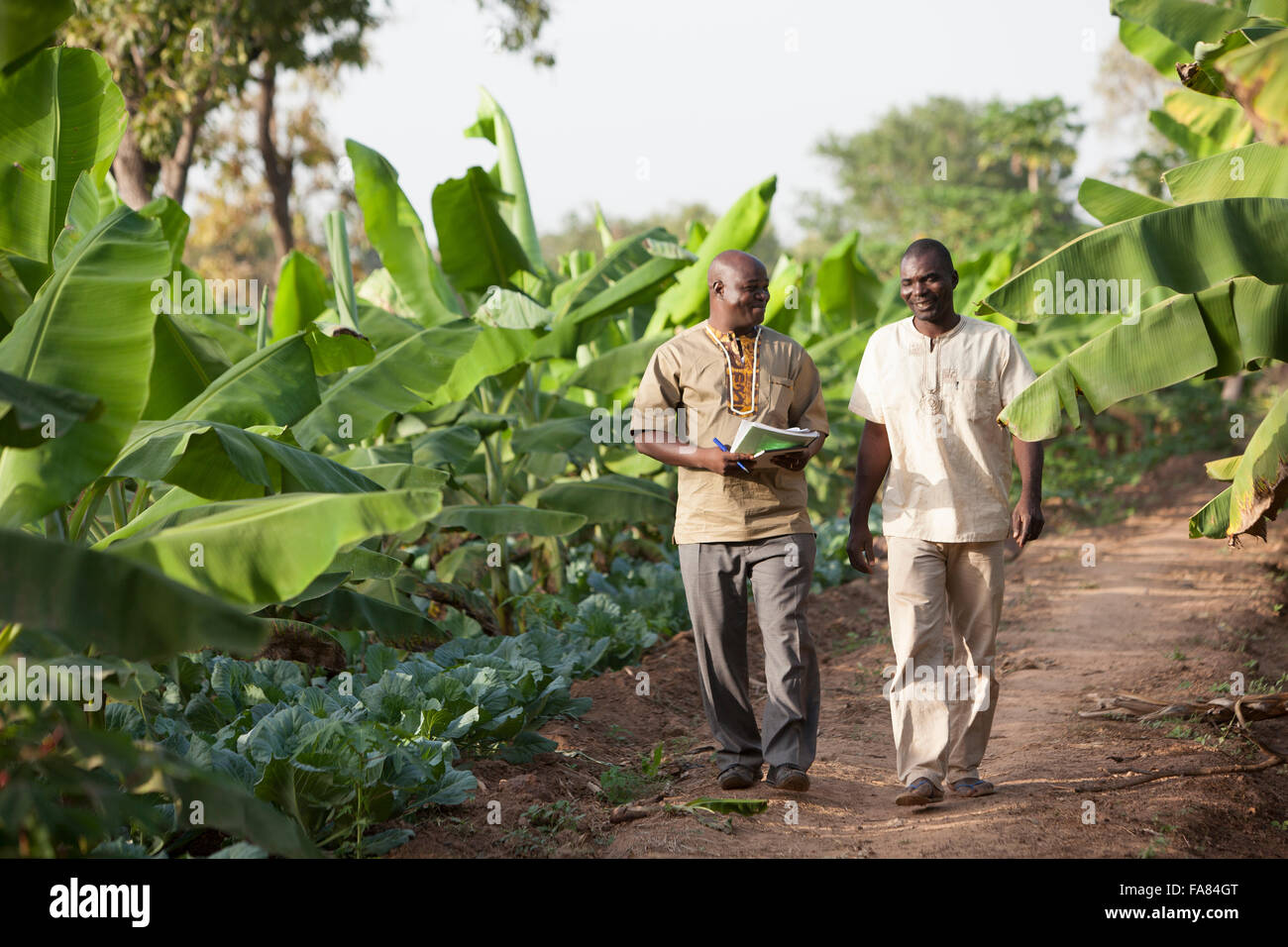Comprehending the Impact of Commercial Farming vs Subsistence Farming on Neighborhood Economies
Comprehending the Impact of Commercial Farming vs Subsistence Farming on Neighborhood Economies
Blog Article
Discovering the Differences Between Commercial Farming and Subsistence Farming Practices
The dichotomy in between business and subsistence farming methods is noted by varying purposes, functional ranges, and resource usage, each with extensive implications for both the environment and culture. Commercial farming, driven by profit and efficiency, typically utilizes innovative modern technologies that can cause substantial ecological problems, such as dirt degradation. Conversely, subsistence farming stresses self-sufficiency, leveraging traditional techniques to maintain home demands while nurturing area bonds and cultural heritage. These contrasting methods increase interesting inquiries about the equilibrium between economic development and sustainability. How do these divergent strategies form our world, and what future instructions might they take?
Economic Objectives
Financial goals in farming methods typically determine the approaches and range of operations. In business farming, the key economic objective is to maximize earnings. This needs an emphasis on performance and performance, attained with innovative innovations, high-yield plant ranges, and extensive use plant foods and chemicals. Farmers in this design are driven by market demands, aiming to produce big amounts of assets for sale in global and nationwide markets. The focus is on attaining economic climates of scale, making sure that the expense each outcome is minimized, consequently boosting earnings.
In contrast, subsistence farming is mainly oriented towards satisfying the instant needs of the farmer's family members, with surplus manufacturing being very little - commercial farming vs subsistence farming. While industrial farming is profit-driven, subsistence farming is centered around sustainability and strength, mirroring an essentially different set of economic imperatives.

Scale of Operations
The difference between business and subsistence farming comes to be particularly apparent when considering the scale of procedures. Commercial farming is identified by its large nature, frequently encompassing extensive tracts of land and using innovative machinery. These operations are commonly incorporated right into international supply chains, producing huge amounts of crops or livestock meant available for sale in domestic and global markets. The range of business farming enables for economic situations of range, leading to reduced prices each through mass production, raised efficiency, and the capacity to buy technological advancements.
In raw contrast, subsistence farming is generally small-scale, concentrating on producing just sufficient food to satisfy the prompt demands of the farmer's family members or regional community. The land location involved in subsistence farming is often limited, with much less access to modern innovation or automation.
Source Usage
Resource use in farming methods reveals considerable differences in between industrial and subsistence techniques. Industrial farming, identified by massive procedures, often employs advanced technologies and mechanization to maximize using sources such as land, water, and plant foods. These methods enable boosted effectiveness and higher performance. The focus is on taking full advantage of outputs by leveraging economic situations of range and deploying resources purposefully to ensure constant supply and profitability. Precision farming is significantly taken on in commercial farming, using data analytics and satellite technology to check plant wellness and optimize source application, further boosting return and resource performance.
In contrast, subsistence farming operates on a much smaller sized scale, largely to meet the instant requirements of the farmer's home. Source utilization in subsistence farming is usually limited by economic visit homepage constraints and a dependence on conventional strategies.
Ecological Impact

Conversely, subsistence farming, practiced on a smaller range, normally uses standard strategies that are much more in harmony with the surrounding atmosphere. While subsistence farming usually has a lower environmental impact, it is not without difficulties.
Social and Cultural Effects
Farming techniques are deeply intertwined with the social and social textile of communities, affecting and mirroring their worths, traditions, and economic frameworks. In subsistence farming, the emphasis gets on cultivating adequate food to fulfill the prompt needs of the farmer's family, often cultivating a strong sense of neighborhood and shared obligation. Such techniques are deeply rooted in neighborhood traditions, with expertise gave via generations, consequently maintaining social heritage and reinforcing common ties.
Conversely, commercial farming is mainly driven by market demands and profitability, often leading to a change towards monocultures and large operations. This strategy can result in the erosion of standard farming practices and social identifications, as local custom-mades and knowledge are supplanted by standard, commercial techniques. In addition, the focus on effectiveness and revenue can often reduce the social cohesion located in subsistence neighborhoods, as economic deals change community-based exchanges.
The duality in between click to read more these farming practices highlights the commercial farming vs subsistence farming broader social effects of agricultural selections. While subsistence farming supports social continuity and community interdependence, business farming lines up with globalization and financial growth, usually at the expense of traditional social structures and multiculturalism. commercial farming vs subsistence farming. Stabilizing these facets stays an important difficulty for lasting farming development
Final Thought
The evaluation of business and subsistence farming methods discloses substantial distinctions in purposes, range, resource usage, environmental impact, and social effects. On the other hand, subsistence farming stresses self-sufficiency, making use of local resources and standard methods, thus promoting social preservation and community cohesion.
The dichotomy in between industrial and subsistence farming practices is marked by differing objectives, operational ranges, and source application, each with profound implications for both the atmosphere and culture. While business farming is profit-driven, subsistence farming is focused around sustainability and durability, showing an essentially various set of economic imperatives.
The distinction between industrial and subsistence farming comes to be particularly evident when thinking about the scale of operations. While subsistence farming sustains cultural continuity and area connection, commercial farming aligns with globalization and economic development, usually at the price of traditional social structures and social diversity.The examination of business and subsistence farming practices reveals significant distinctions in goals, scale, source usage, ecological impact, and social ramifications.
Report this page